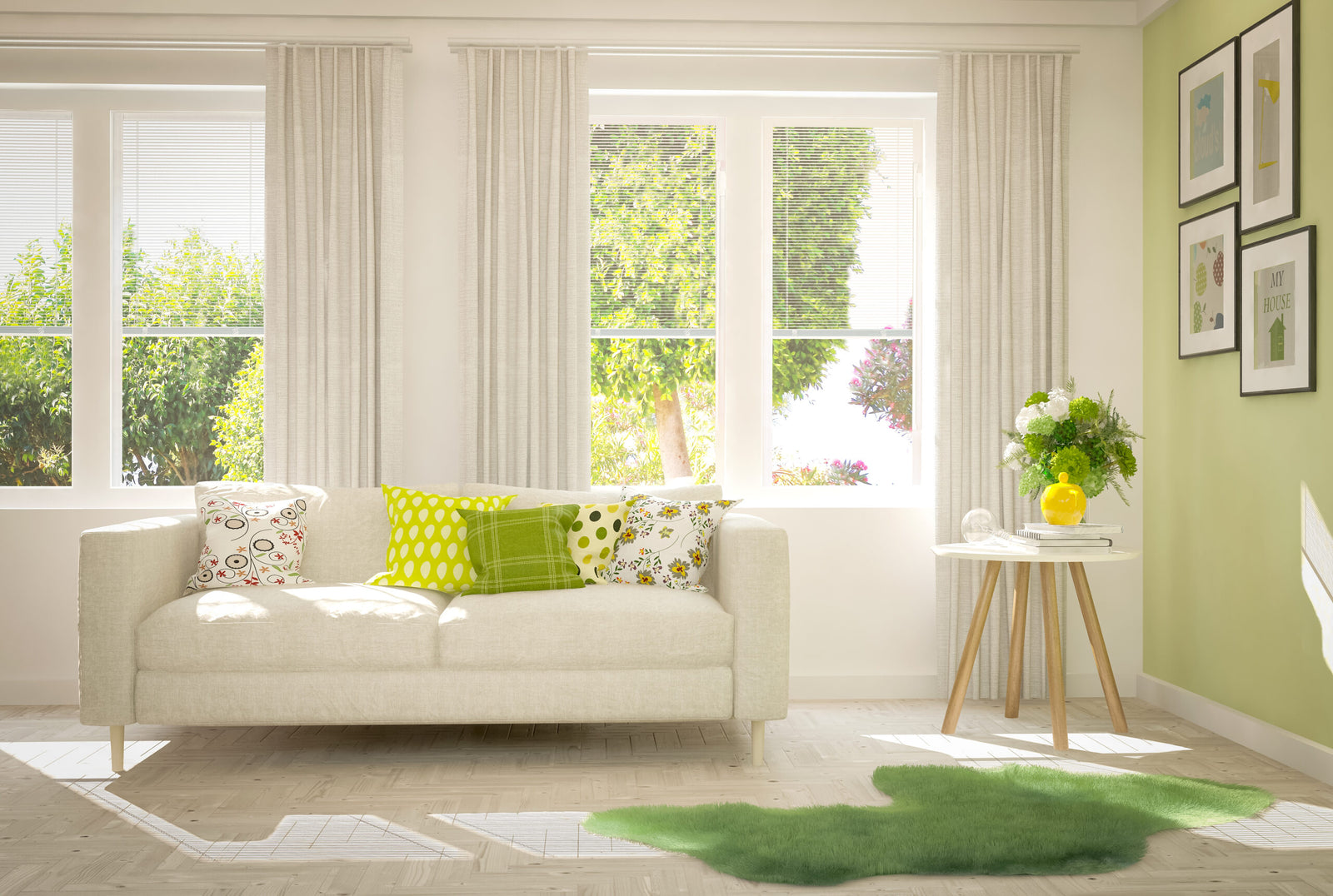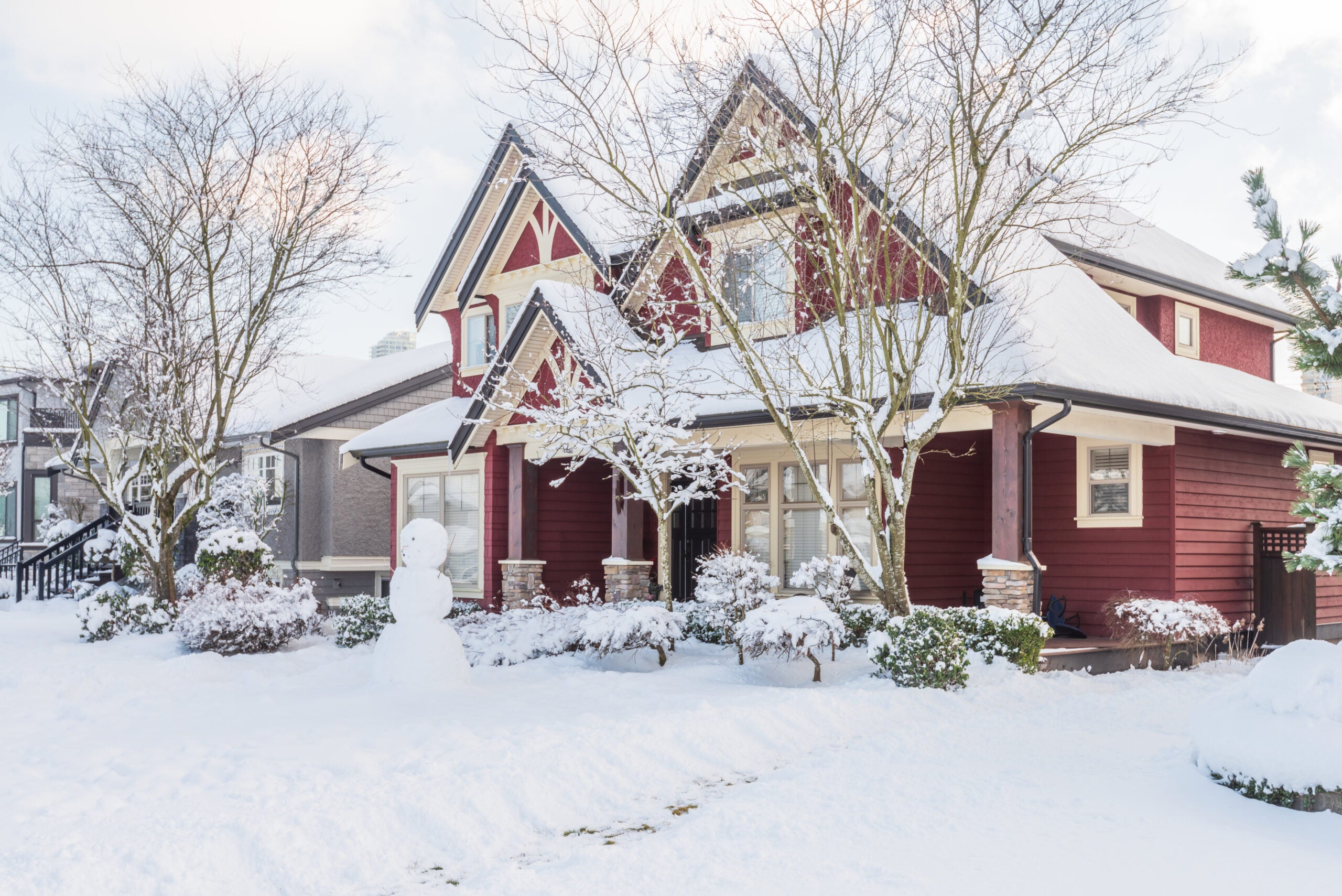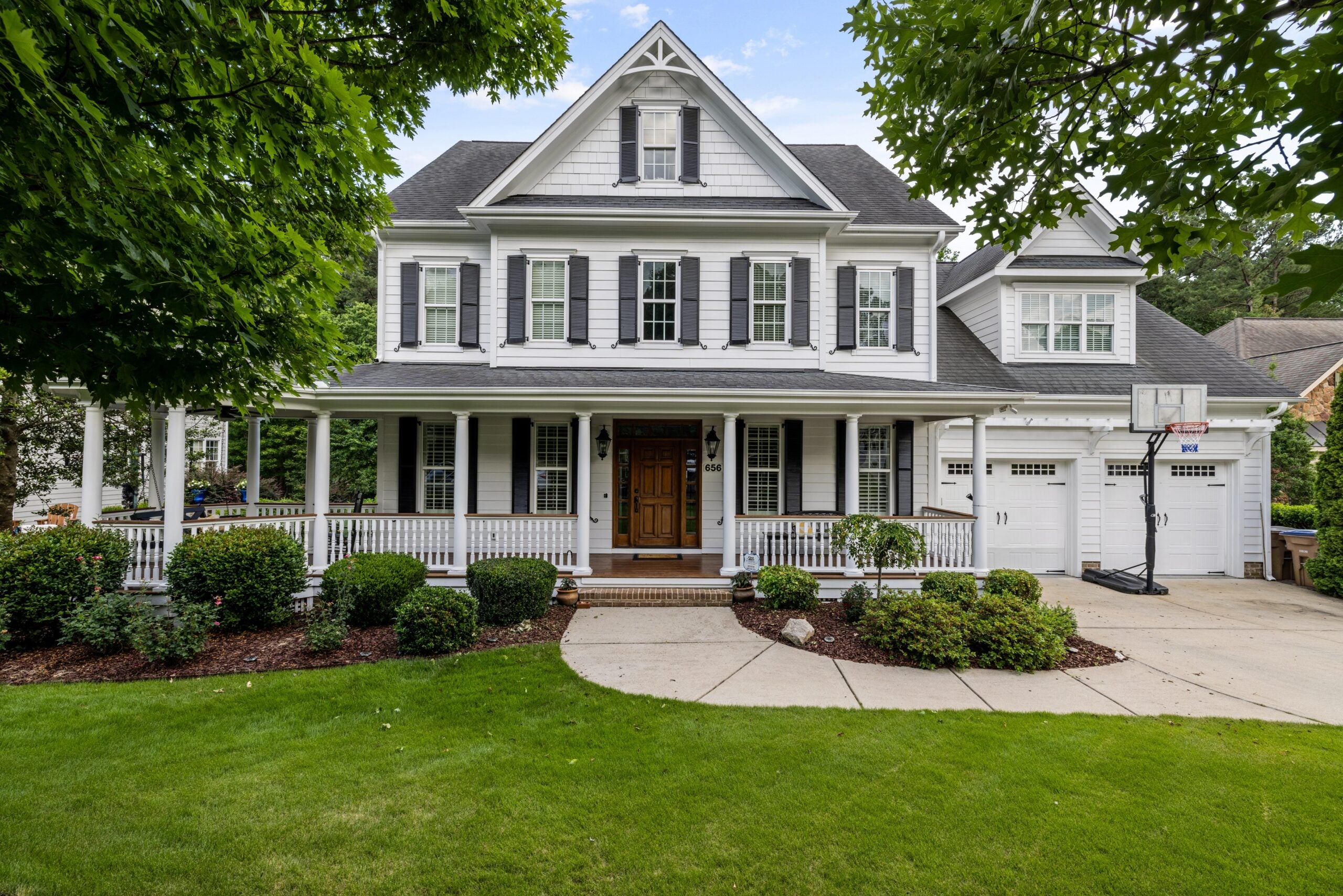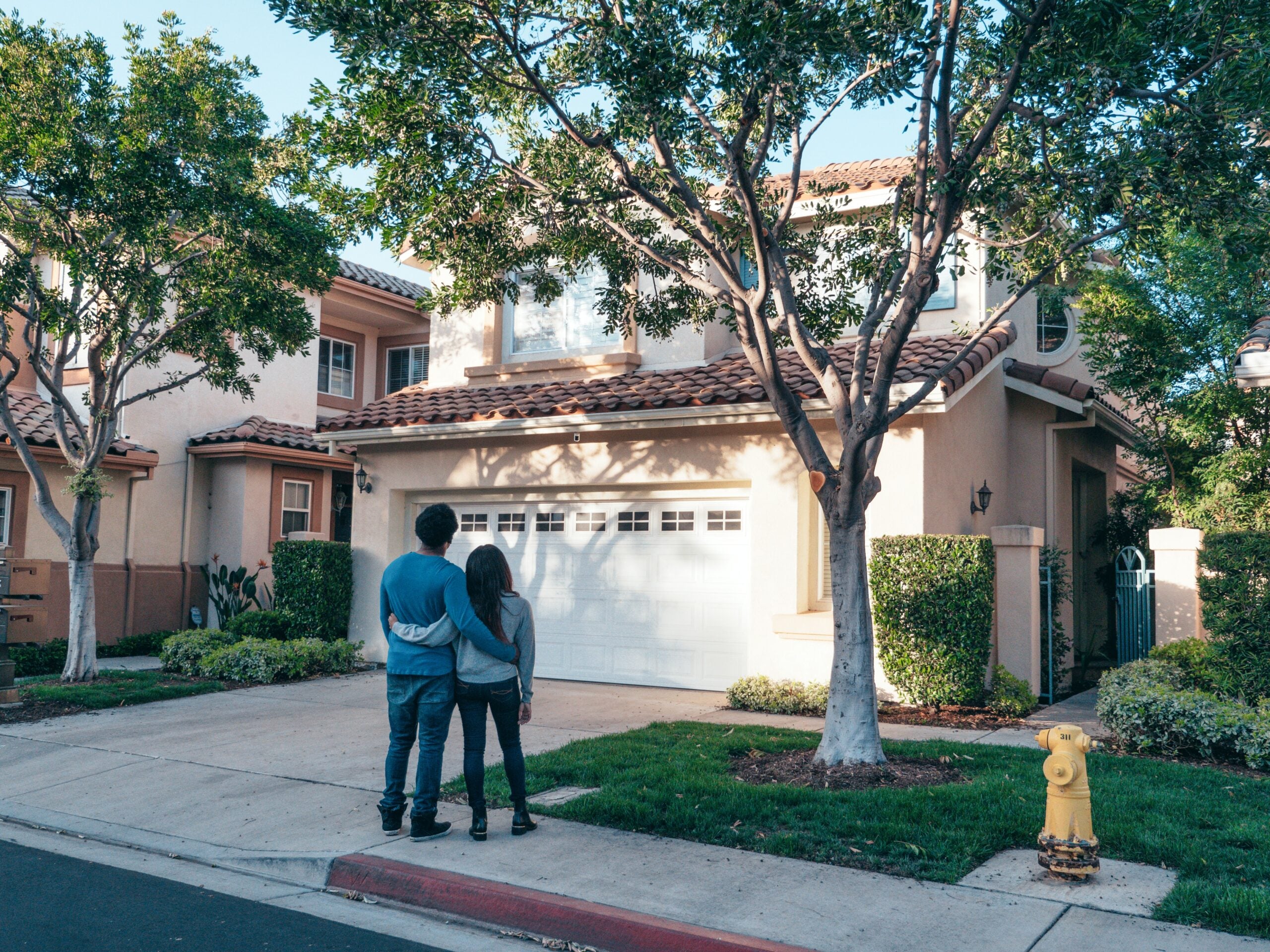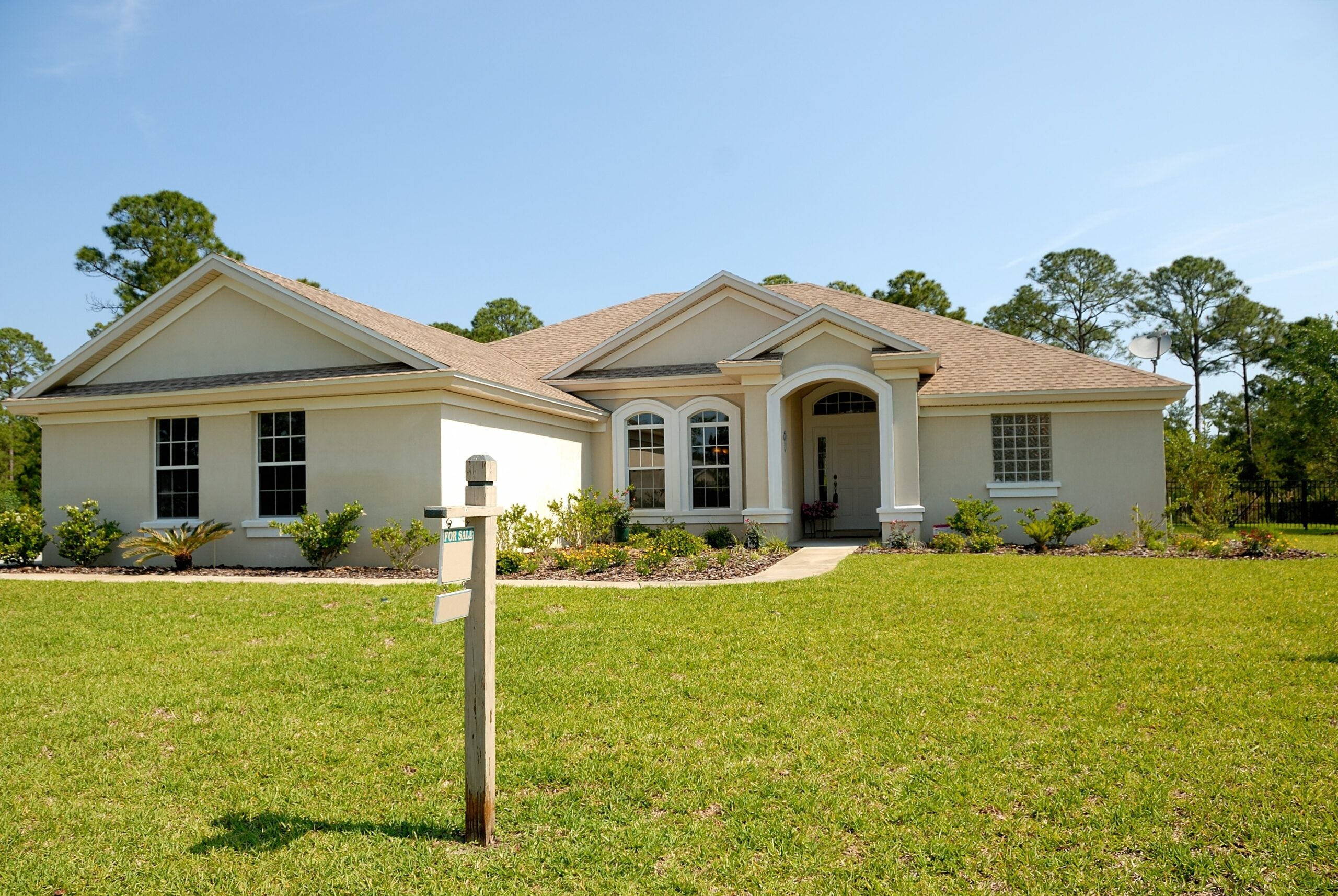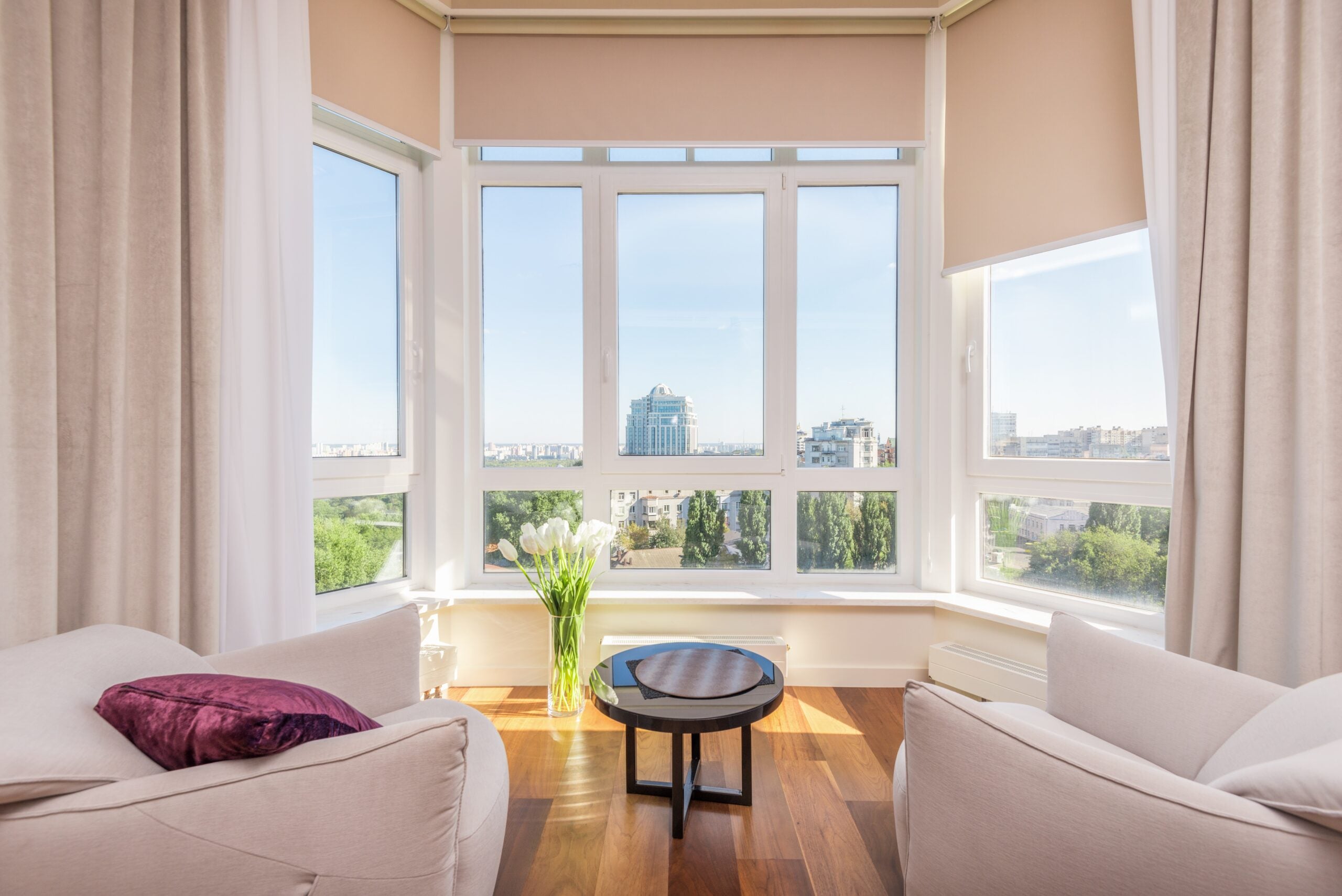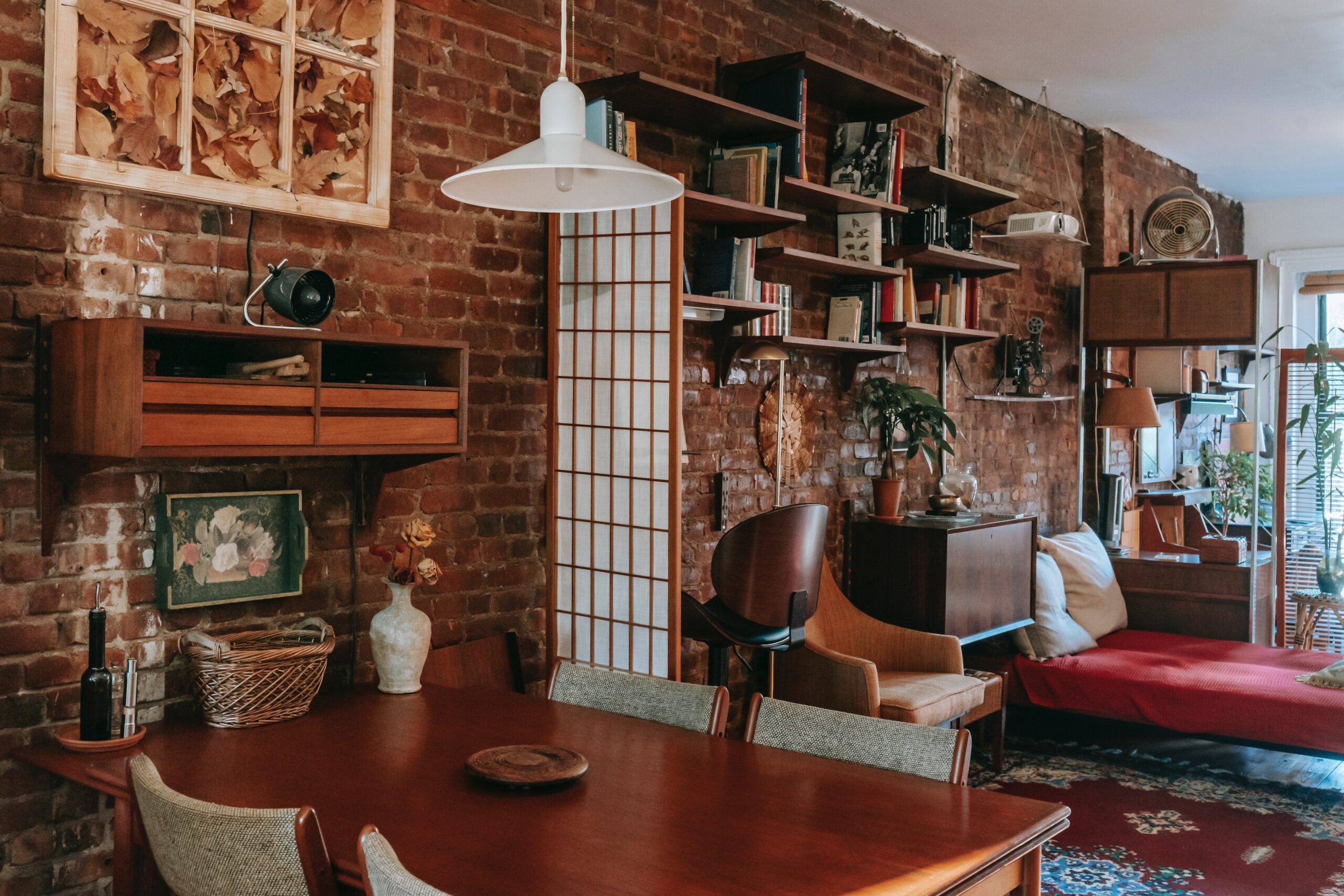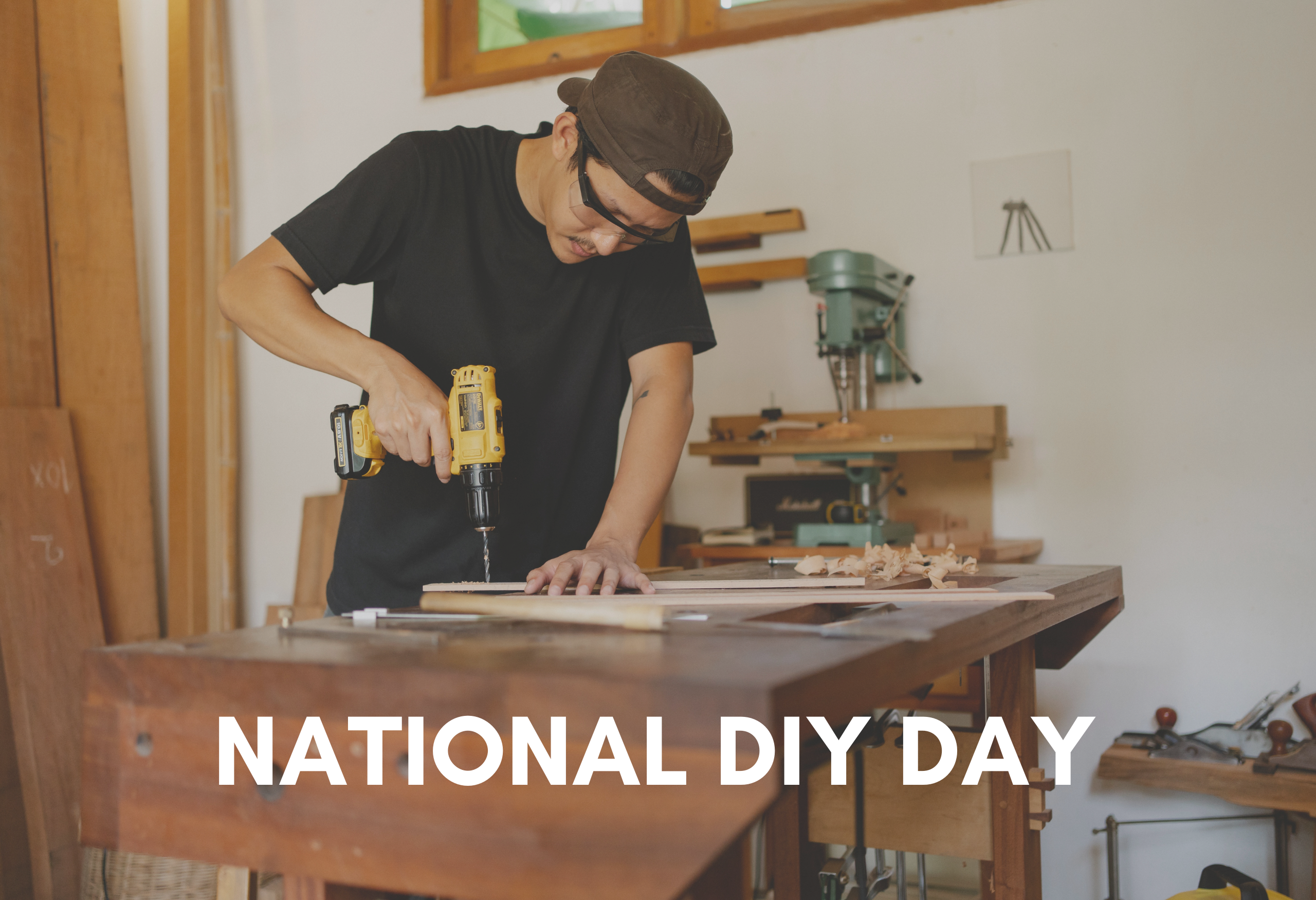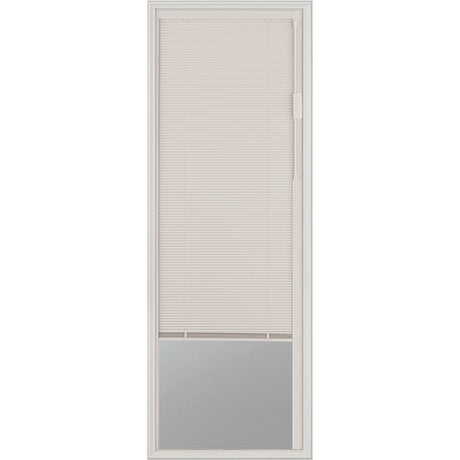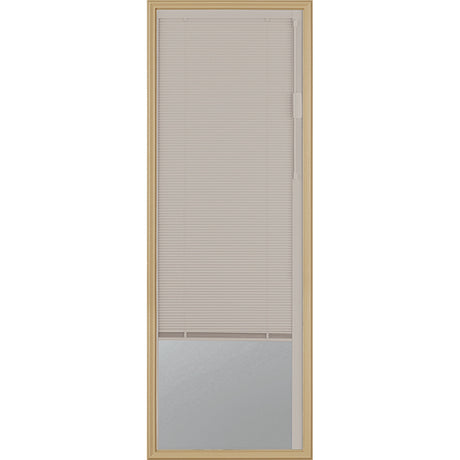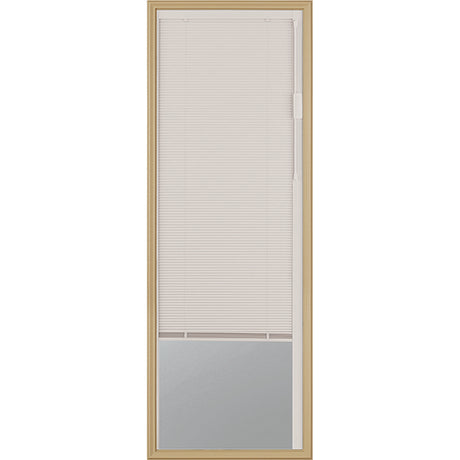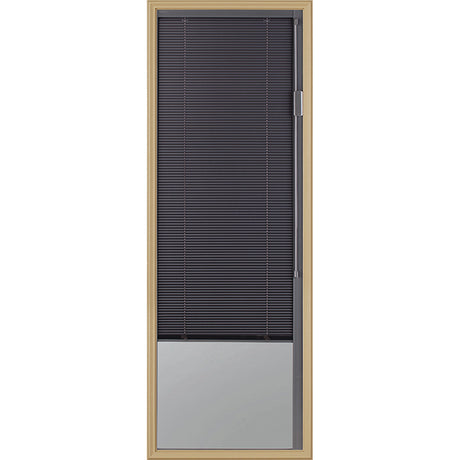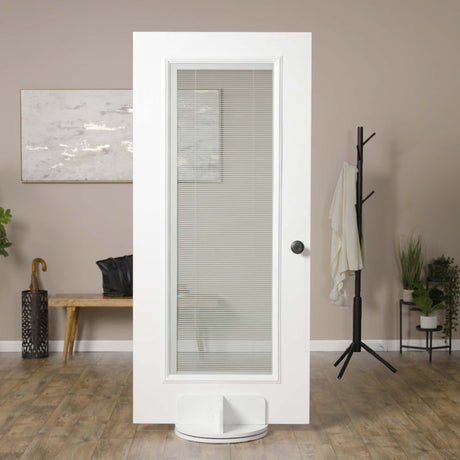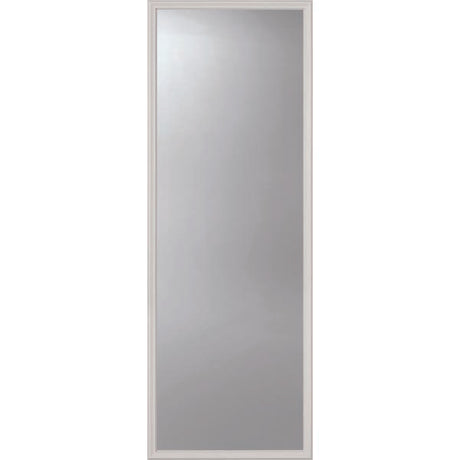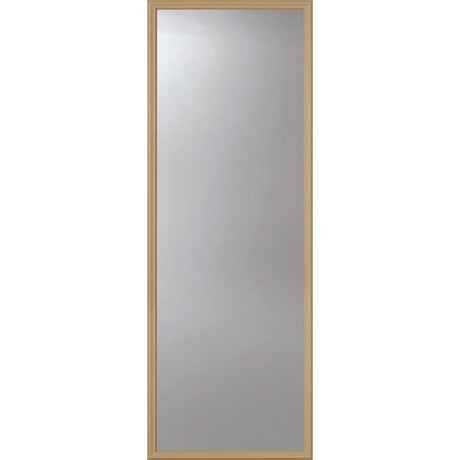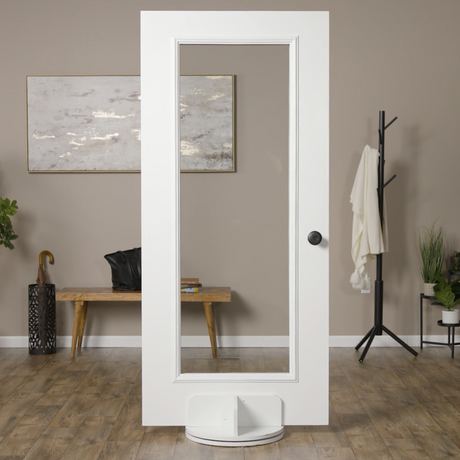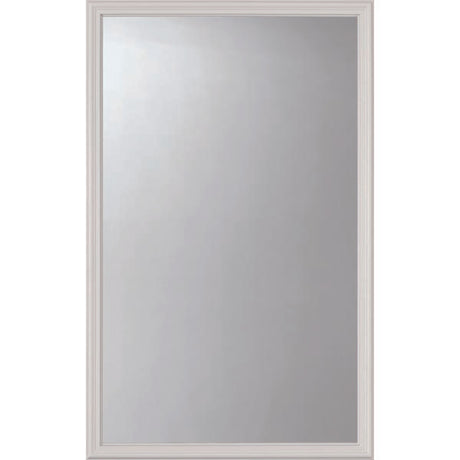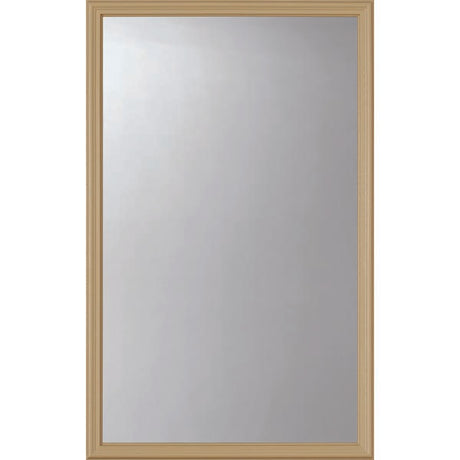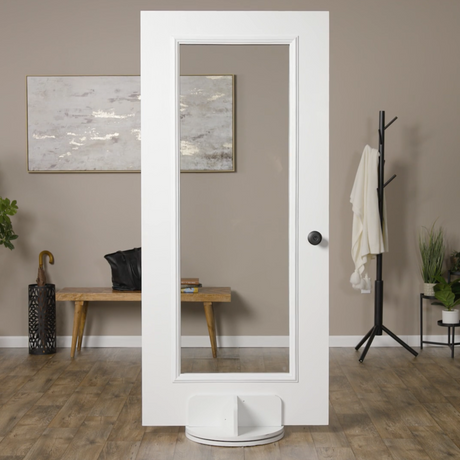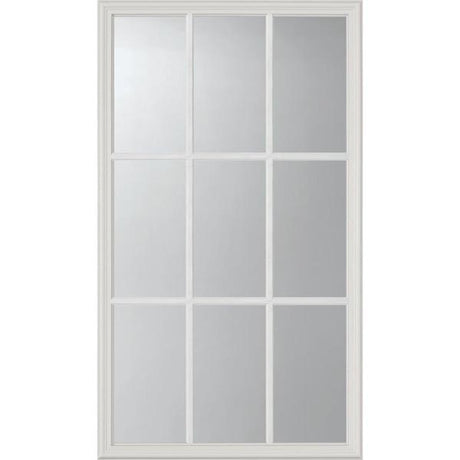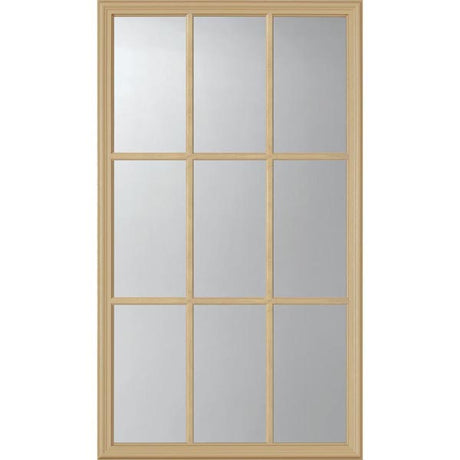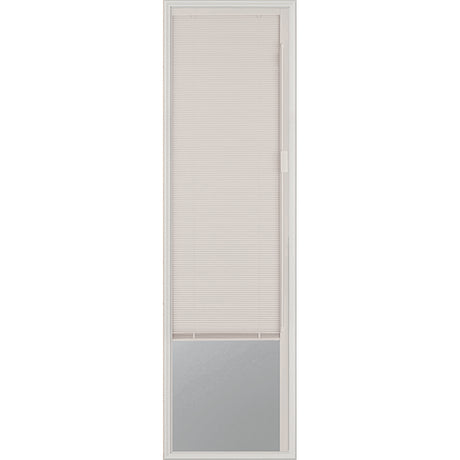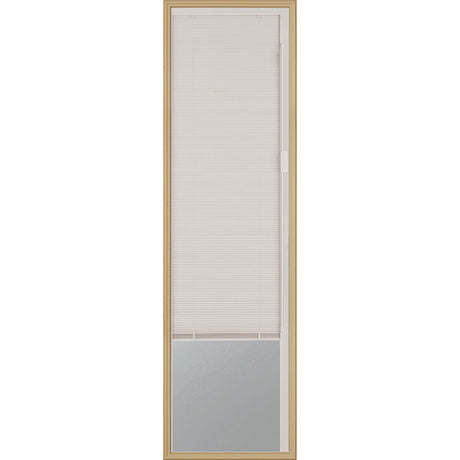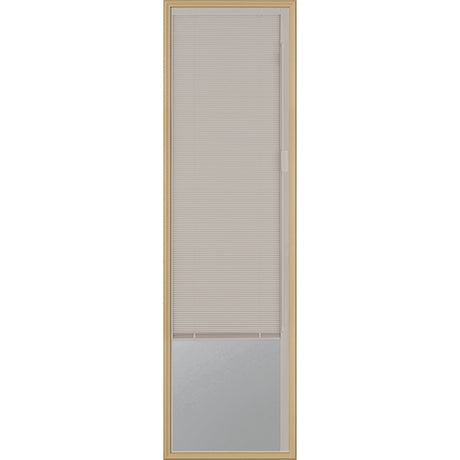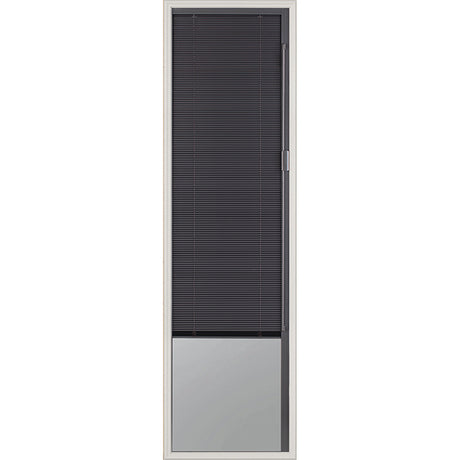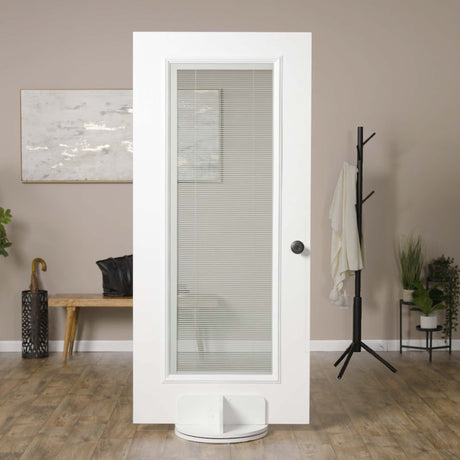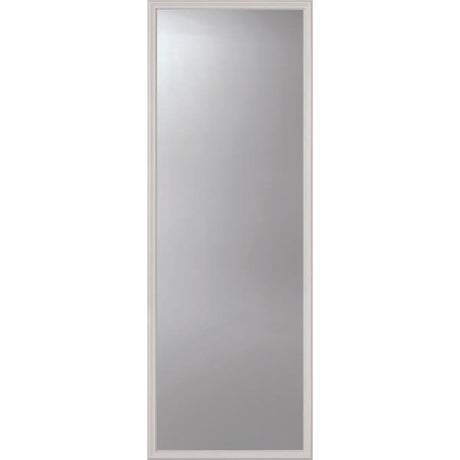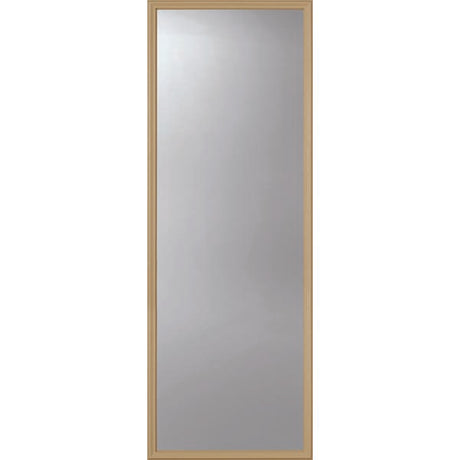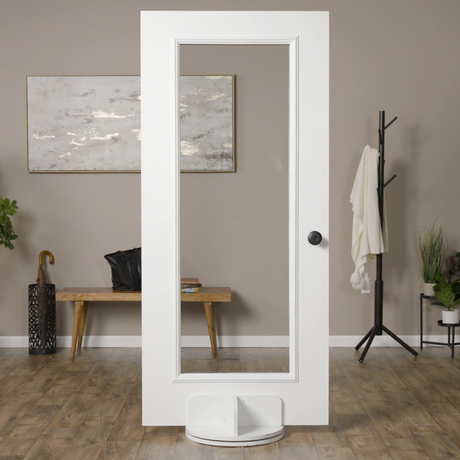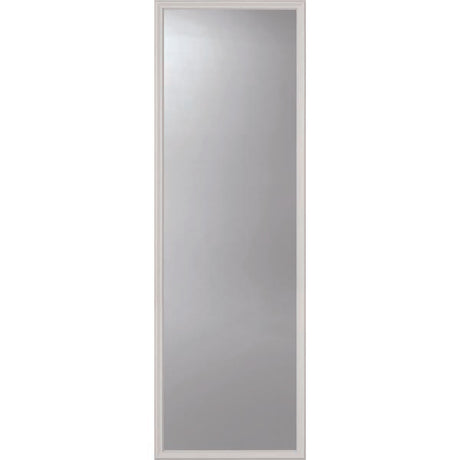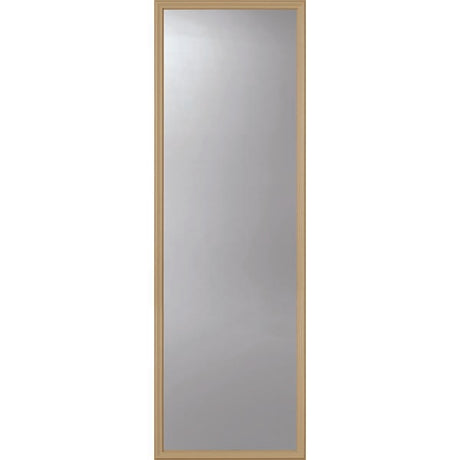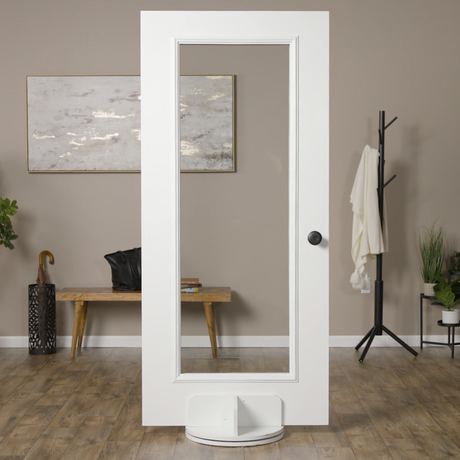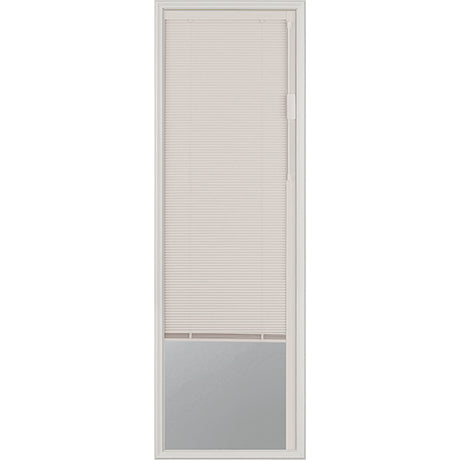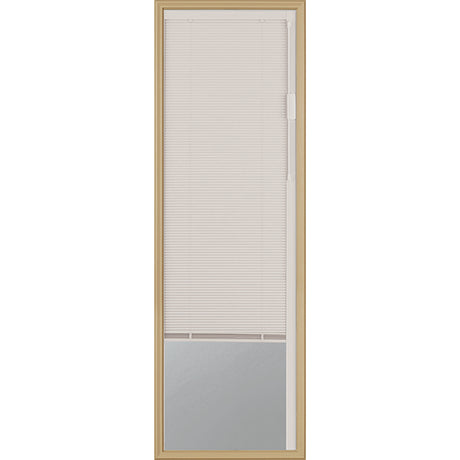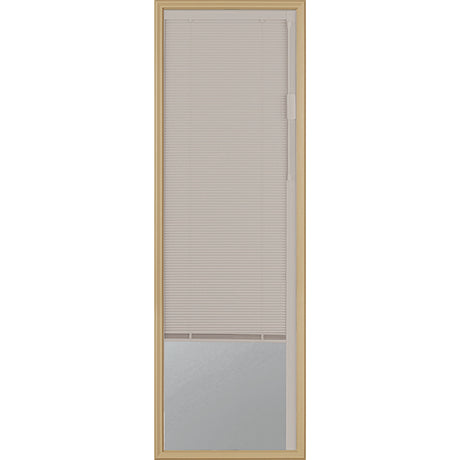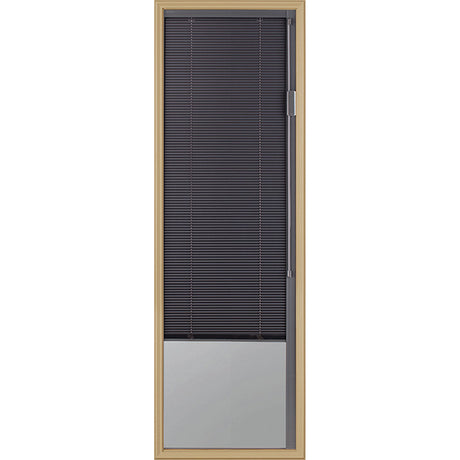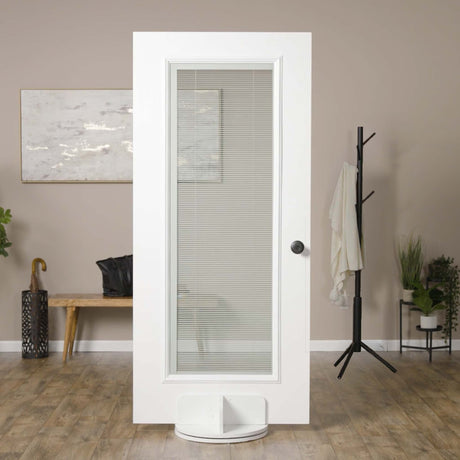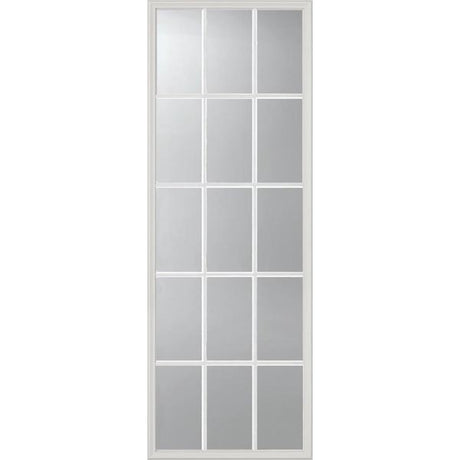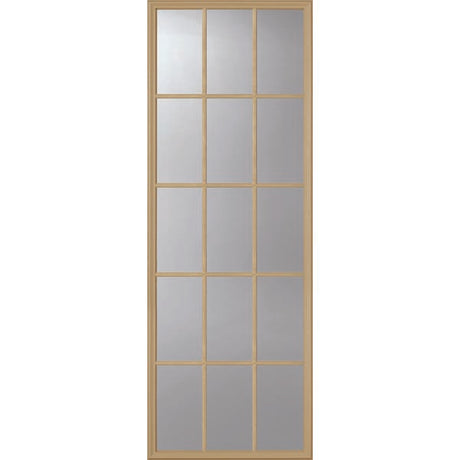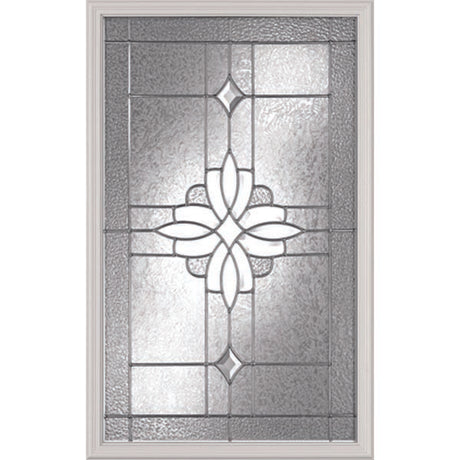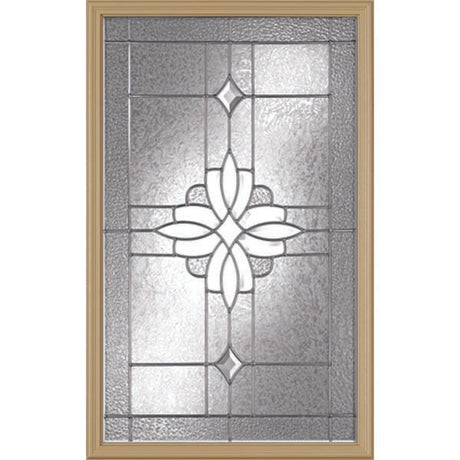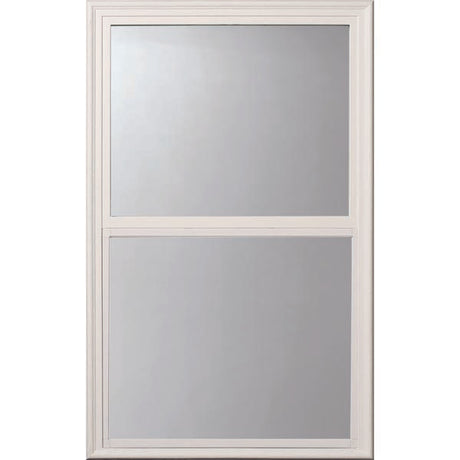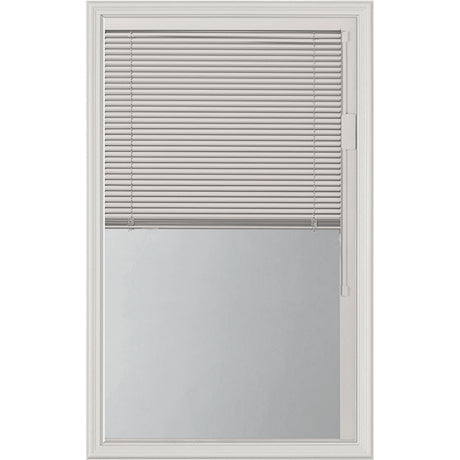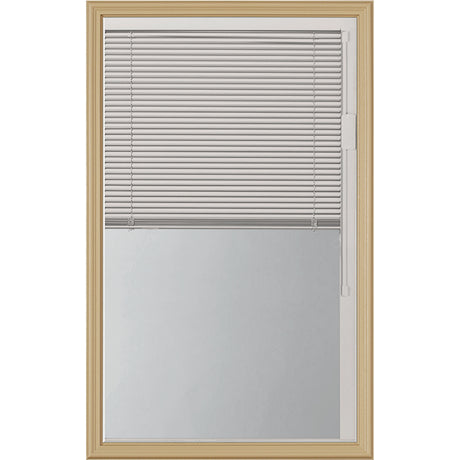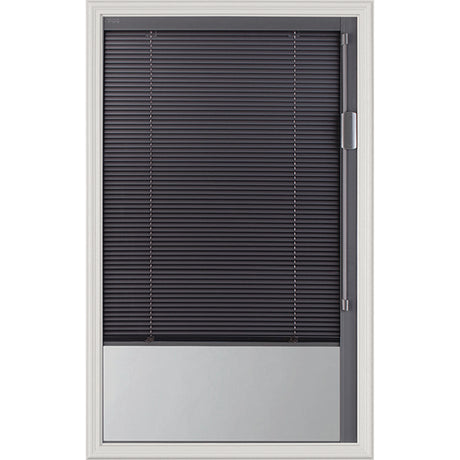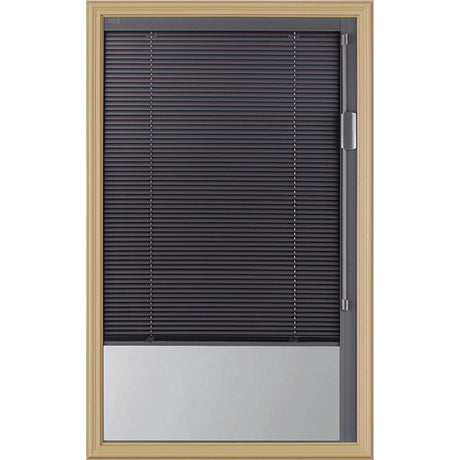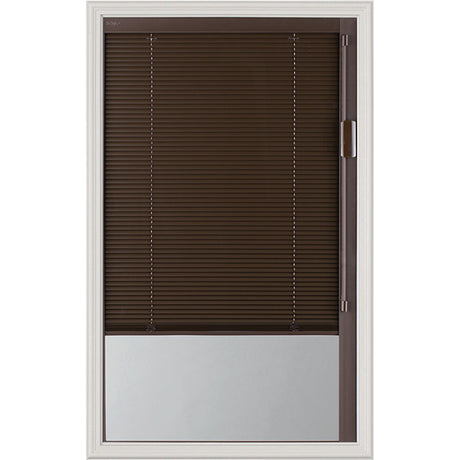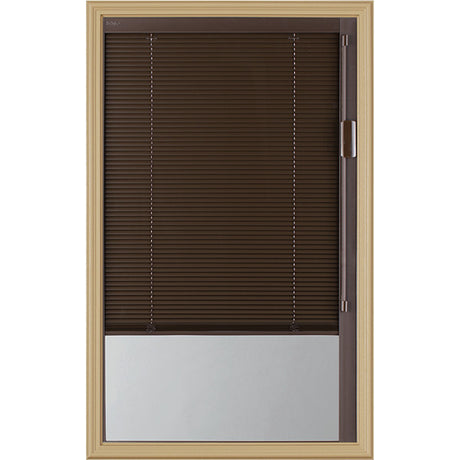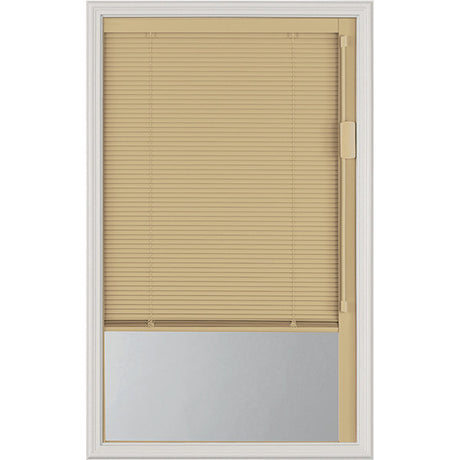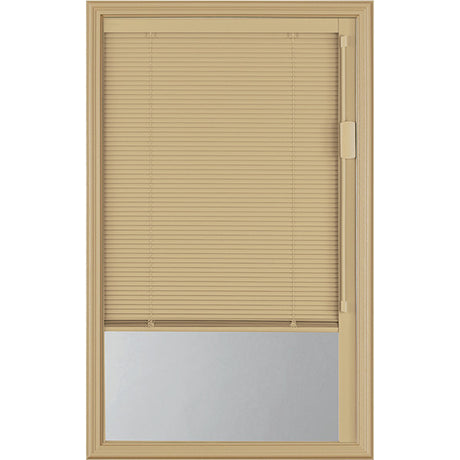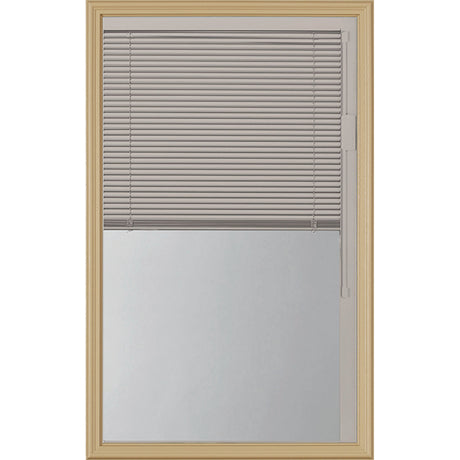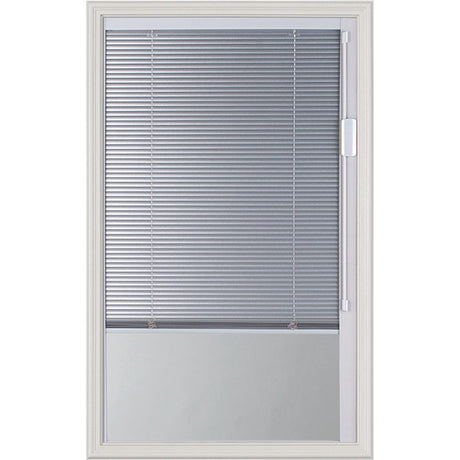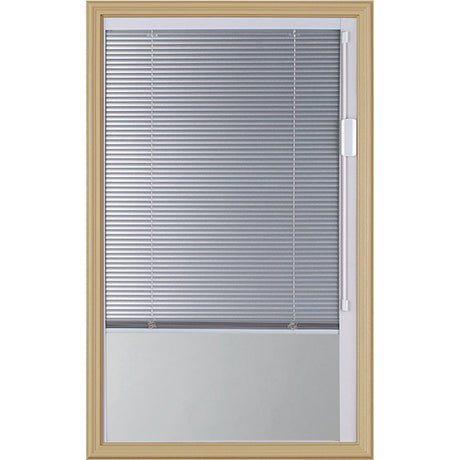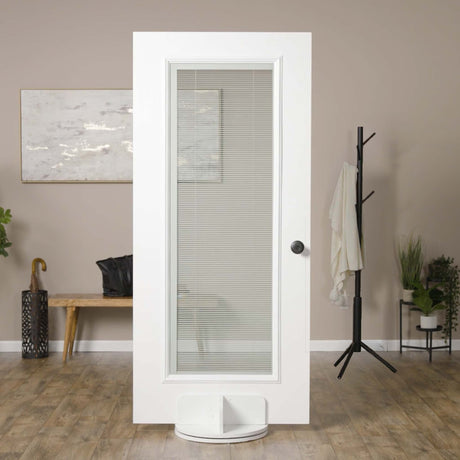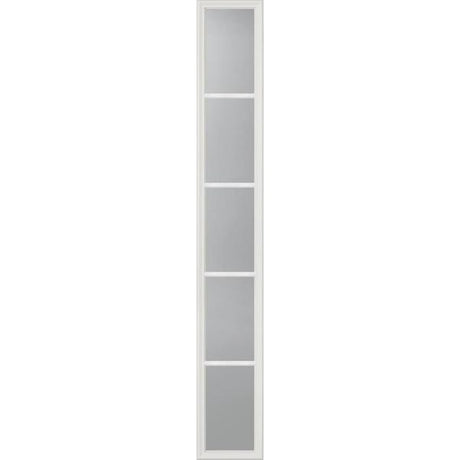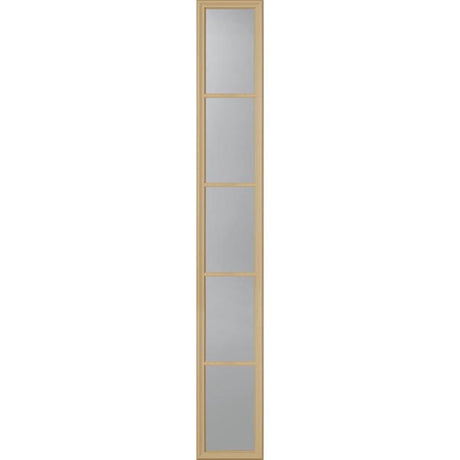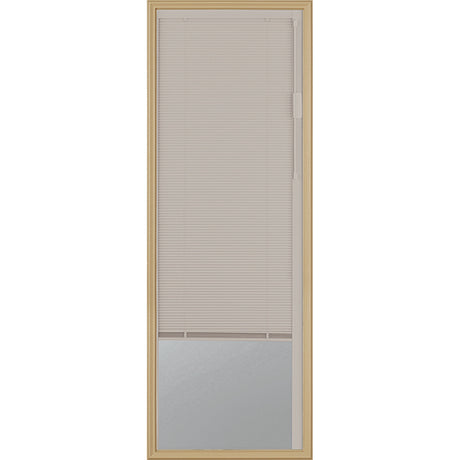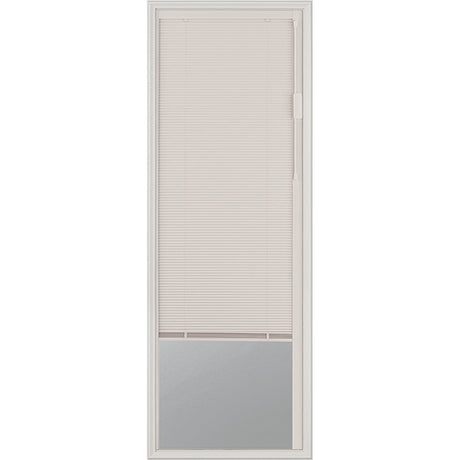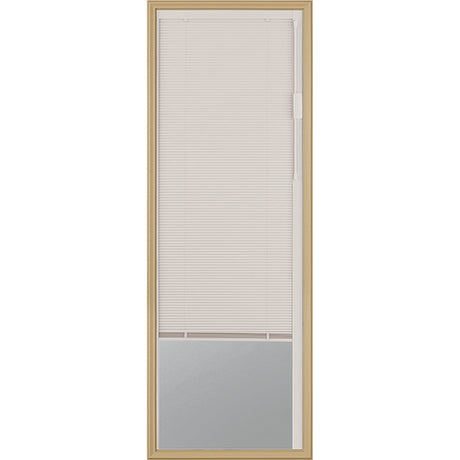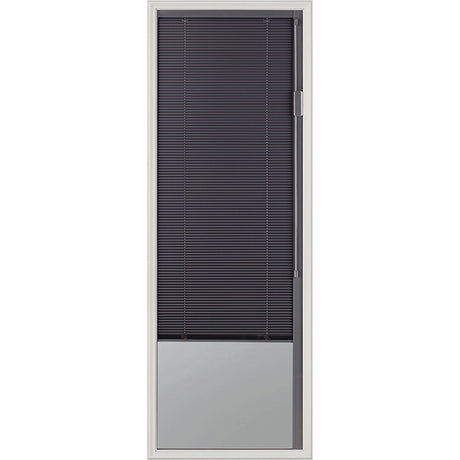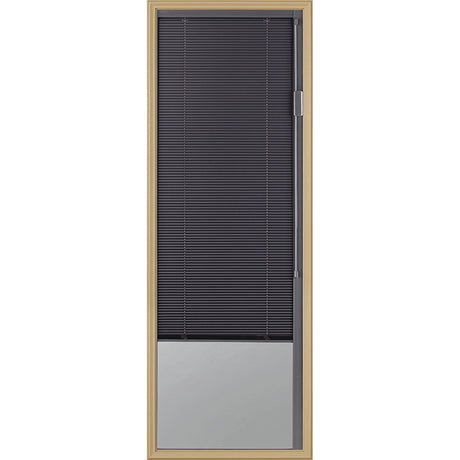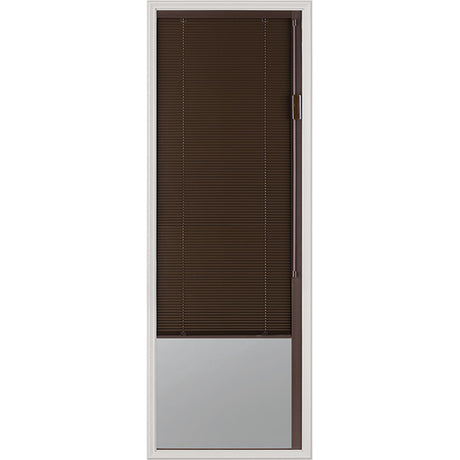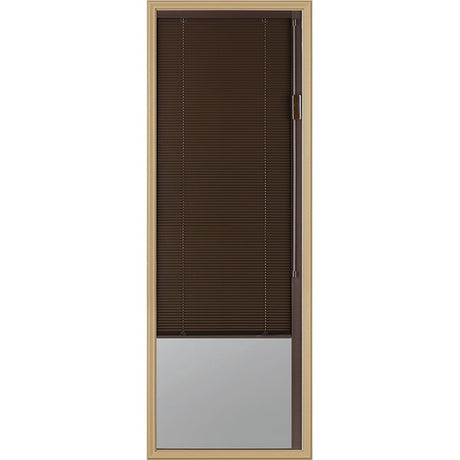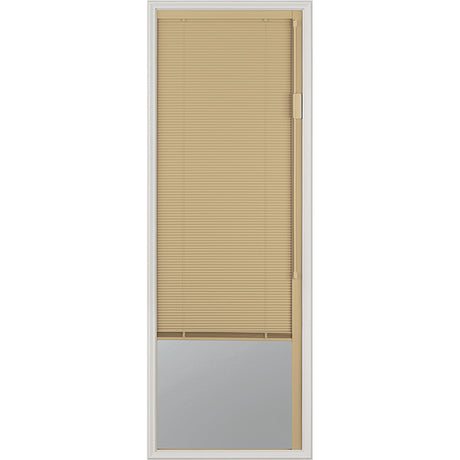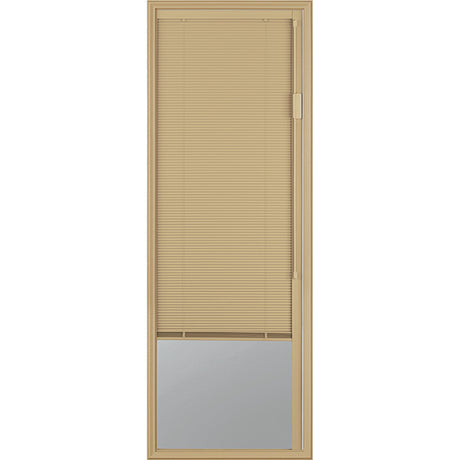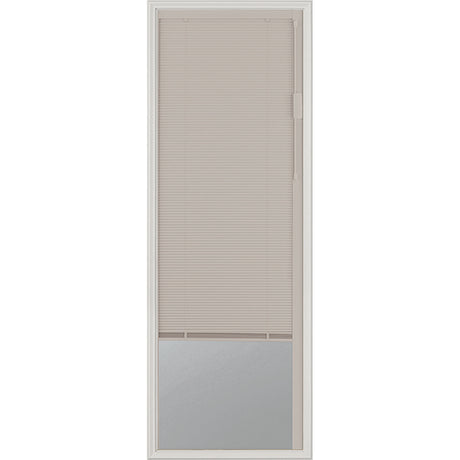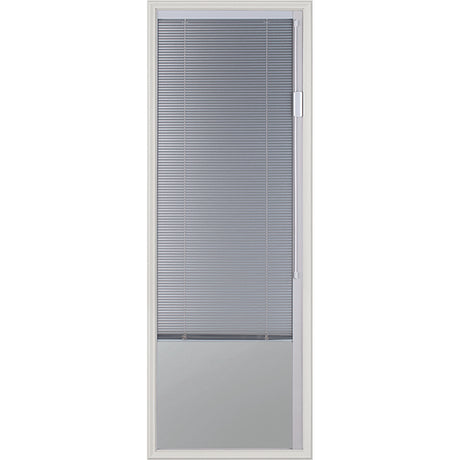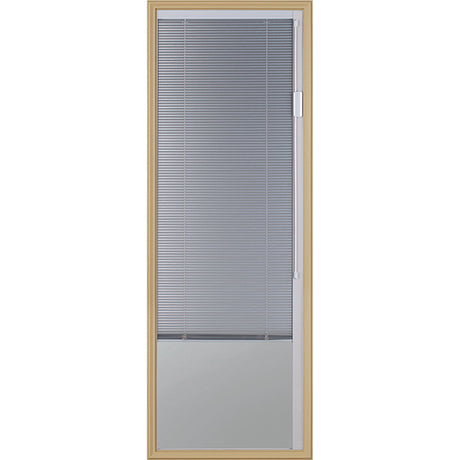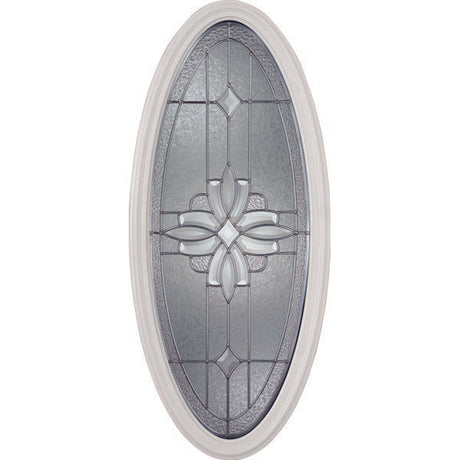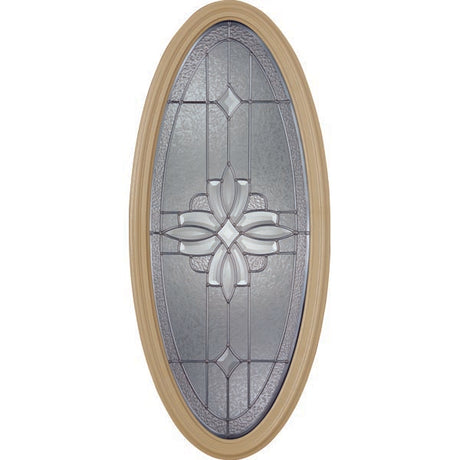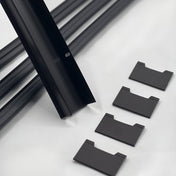How many DIY green projects will you complete for your home?
Creating a Green Home
Whether you are concerned about climate change or you are simply looking to cut your utility bills, converting your house into a green home is a great way to save money while helping the environment. Fortunately, there are simple DIY home projects you can complete that can help make your home greener. Keep reading to learn more about what a green home is, the benefits it can provide, and project ideas to help you make your home more environmentally friendly.What is a Green Home?
The first question you may find yourself asking is what is a green home? In recent years there has been a focus on making homes more sustainable, whether by building eco-friendly homes from the ground up, or by performing renovations on existing homes to make them more environmentally friendly. A green home is then simply a home that is designed to be eco-friendly by using less water and energy. Green homes then use fewer resources and have less of an impact on the environment since they have a reduced carbon footprint. However, green homes don't just save energy, they also go a step further to lessen their impact on the environment by utilizing sustainable/recyclable materials that are often locally sourced, biodegradable, non-toxic, repurposed, and/or renewable. Every component of a green home has the environment in mind and helps reduce waste and greenhouse gas emissions.What Are The Benefits of a Green Home?
So, what exactly are the benefits of creating a green home? Why has there been so much focus on building environmentally friendly homes in recent years? The most obvious benefit of green building is that it has a positive impact on the environment. Green homes produce less waste and rely less on finite resources both during construction as well as throughout the life of the home, which can significantly reduce the emissions a single-family home produces. Additionally, choosing to design a green home can also help you to:-
Save Money
- The primary focus when designing a green home is using appliances, fixtures, and design techniques that will help make the home more efficient. A green home can help reduce your carbon footprint and utility bills through less energy and water use.
-
Create a Healthier Home
- When building green homes, contractors and designers make sure to use toxin-free building materials. This not only helps reduce the number of toxic chemicals and gasses entering the atmosphere, but it also creates a healthier home. A green home will be better for you and your family as you will not be breathing in toxins.
-
Improve Resale Value
- Due to the economic and environmental benefits they provide, green homes are extremely popular with homebuyers. If you purchase or build a green home, your home will maintain a higher resale value than others on the market, and it will be easier to sell should you decide to move down the road.
DIY Green Home Projects While building a home from the ground up is often the best way to design a green home, not everyone has this option. This may leave you wondering if there is anything that you can do to turn your current home into a green home. Fortunately, you do have options for converting your existing home into a green home, as simple changes and upgrades can go a long way in making your home more sustainable and environmentally friendly. Take a look at a few simple DIY projects that you can invest in to make your home more eco-friendly.
Use Energy Efficient Light Bulbs A simple way to make your home more energy-efficient is to swap out your existing light bulbs for LED bulbs. Not only do LED light bulbs use less electricity than incandescent bulbs, but they also last longer as well. This means that upgrading to LED light bulbs will not only reduce your carbon footprint, but they can also save you money over time as you will use less electricity and you won't have to buy light bulbs as often.
Choose Native Plants Take a look at your home's landscaping. Is it currently made up of grass and ornamental plants? If so, you may want to consider replacing your lawn and garden with native plants and trees, as this will allow you to use less water for irrigation. This is a particularly smart move if you live in an area prone to droughts, as everyone needs to do their part to reduce their water consumption. Regardless of where you live, installing a native plant garden will help reduce your water bills, lessen your impact on the environment, and provide a home for local insects and wildlife.
Install a Water Filter If you prefer drinking filtered water over tap water, you are not alone; however, this does not mean that buying bottled water is your only option. The fact is that most single-use plastic bottles end up in landfills where they will take thousands of years to decompose. Instead of relying on water bottles for drinking water, consider investing in an under-sink or whole-house water filter. This will ensure that you have access to as much fresh-tasting water as you want without having to waste so much plastic. As an added benefit, installing a water filter can help save you money over time compared to buying water bottles. Consider investing in a reusable tumbler so that you can take water with you on the go rather than using bottled water.
Make Sure Your Doors and Windows Are Insulated Believe it or not, as much as 50% of your energy consumption goes to heating and cooling your home. It is then important that you do everything you can to ensure your home is properly insulated, as this can prevent your HVAC system from having to work so hard to keep you and your family comfortable. An easy way to make your home more energy efficient is to ensure that all of your doors and windows are properly insulated. Fixing any air leaks you may find around doors and windows can help reduce the amount of energy it takes to heat and cool your home. You can also help to improve insulation around windows by adding window treatments such as drapes and curtains. Windows are one of the primary sources of energy loss in your home, so adding an additional layer of insulation to them can go a long way in making your home greener.
Upgrade Your Windows Of course, if your windows are outdated, it may be in your best interest to replace them altogether instead of trying to repair leaks. This is particularly true if you still have old single-paned windows, as your HVAC system is likely working much harder than it should have to in order to heat/cool your home. By simply replacing your windows, you could see your energy bills drop by as much as 15-25%. The fact is that most windows are only designed to last a couple of decades, and your old, leaky windows could be costing you money and increasing your home's carbon footprint. Even if you have an older home, there are simple steps you can take to convert it to a green home. Feel free to contact us for more energy-saving tips as well as for help choosing products to make your home more eco-friendly.

